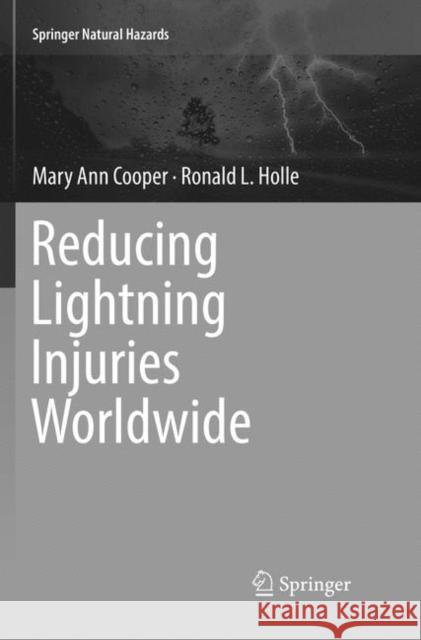Reducing Lightning Injuries Worldwide » książka
topmenu
Reducing Lightning Injuries Worldwide
ISBN-13: 9783030084806 / Angielski / Miękka / 2019 / 233 str.
Kategorie BISAC:
Wydawca:
Springer
Seria wydawnicza:
Język:
Angielski
ISBN-13:
9783030084806
Rok wydania:
2019
Dostępne języki:
Numer serii:
000763493
Ilość stron:
233
Waga:
0.36 kg
Wymiary:
23.39 x 15.6 x 1.37
Oprawa:
Miękka
Dodatkowe informacje:
Wydanie ilustrowane











